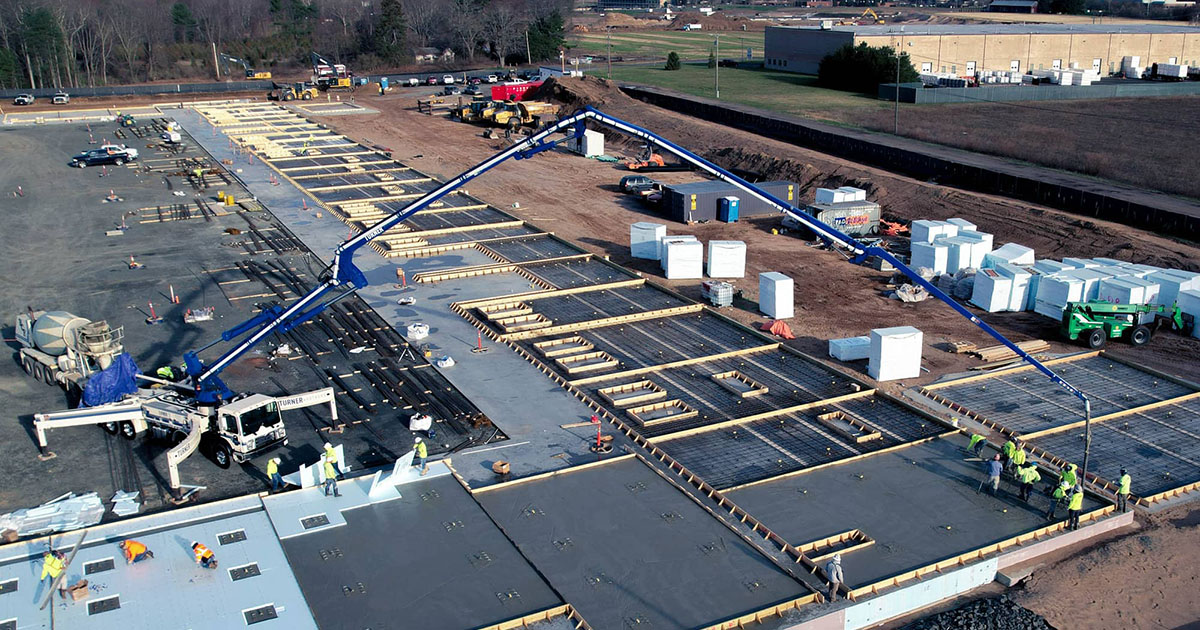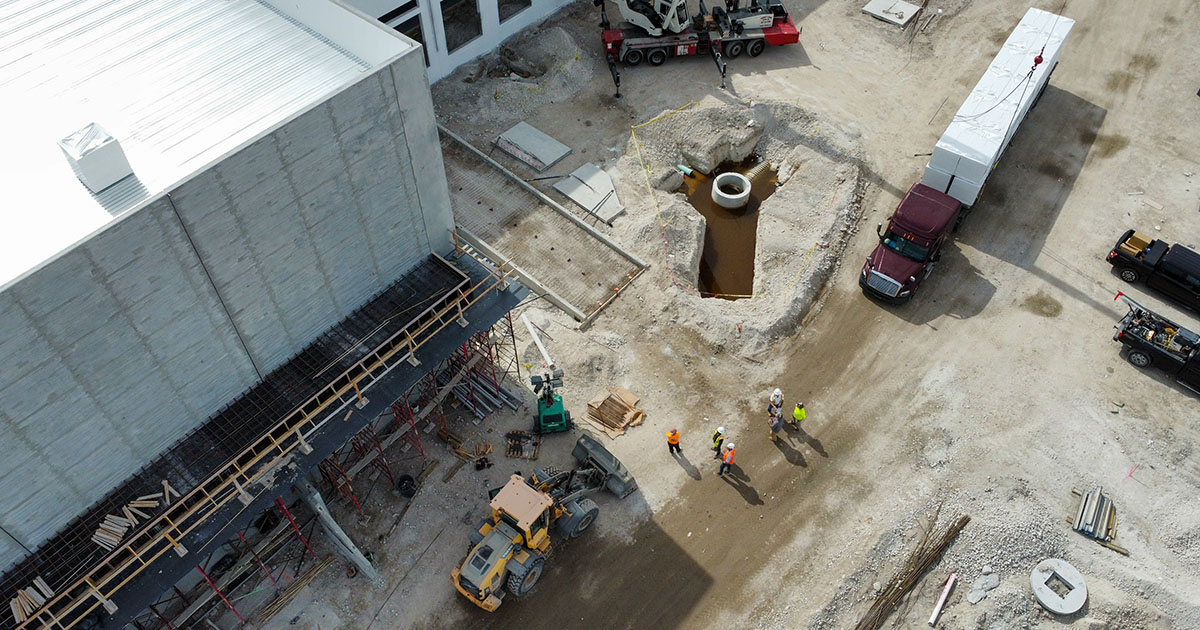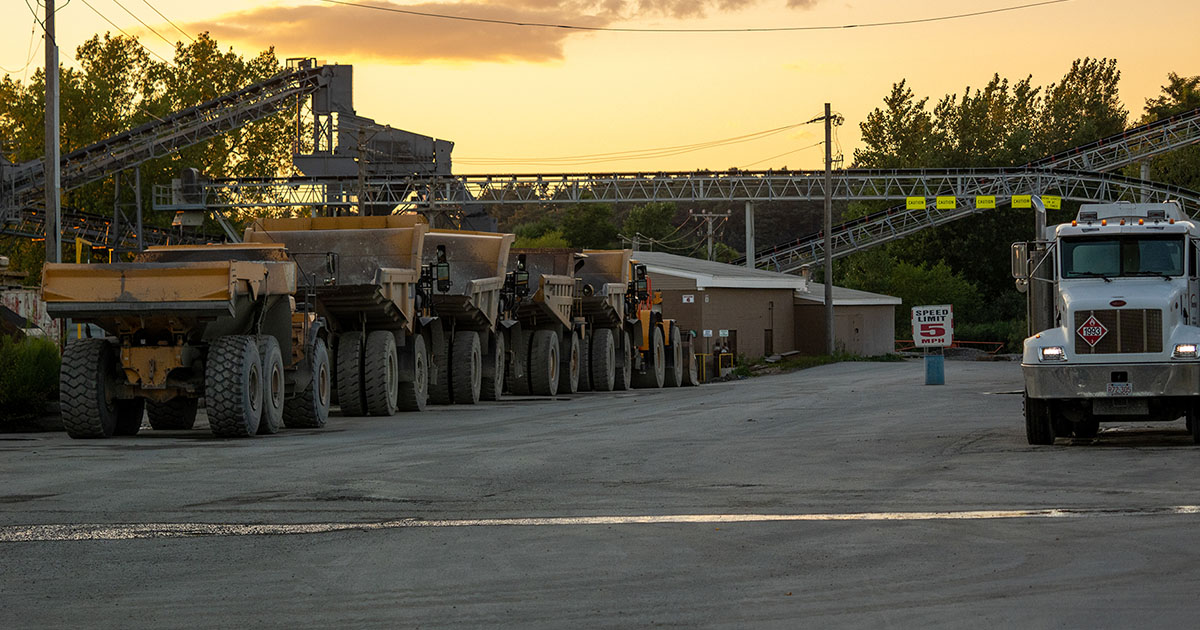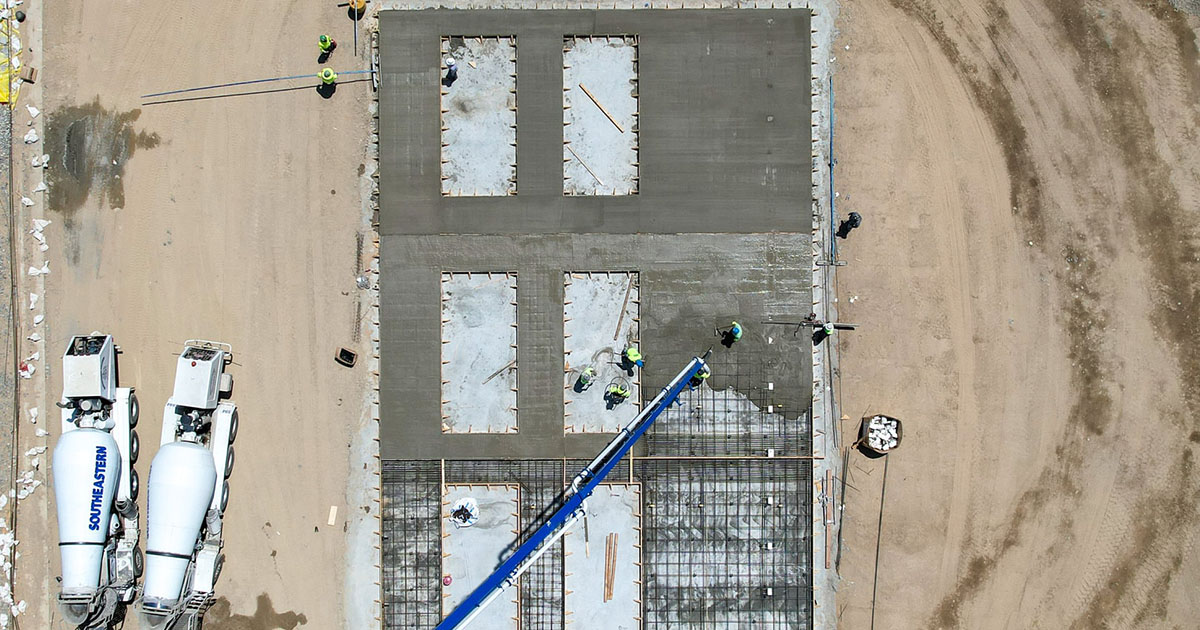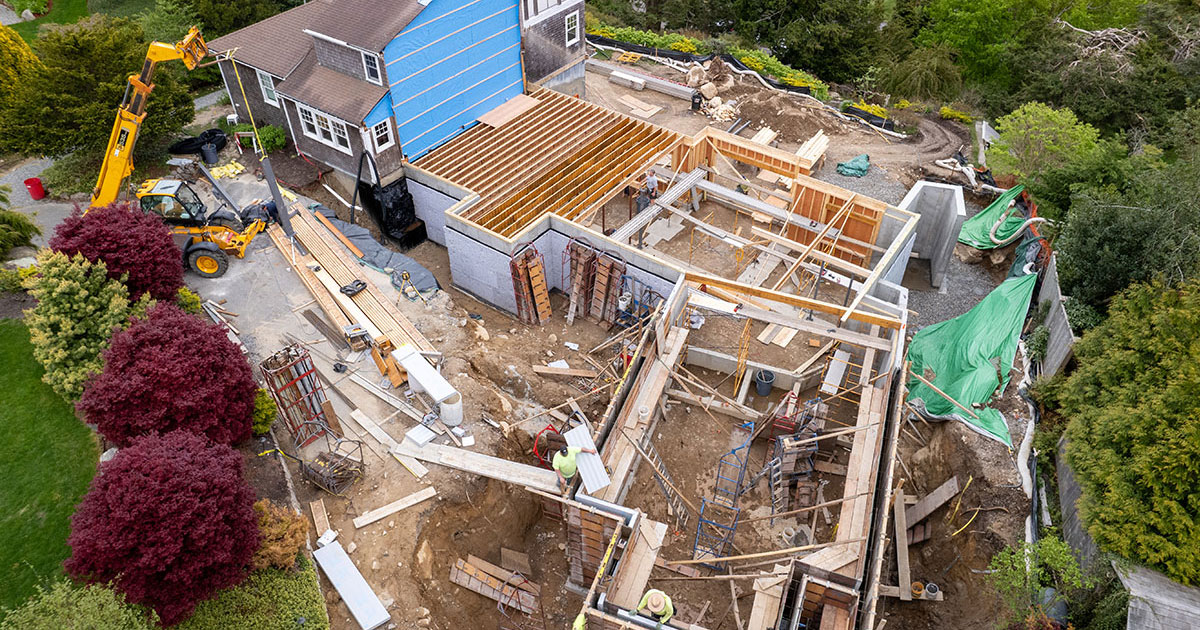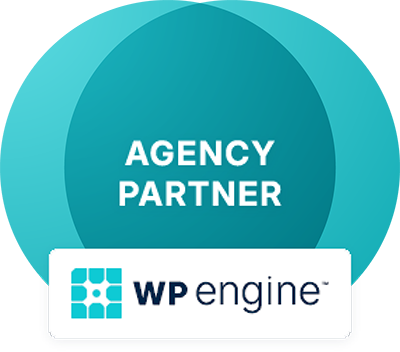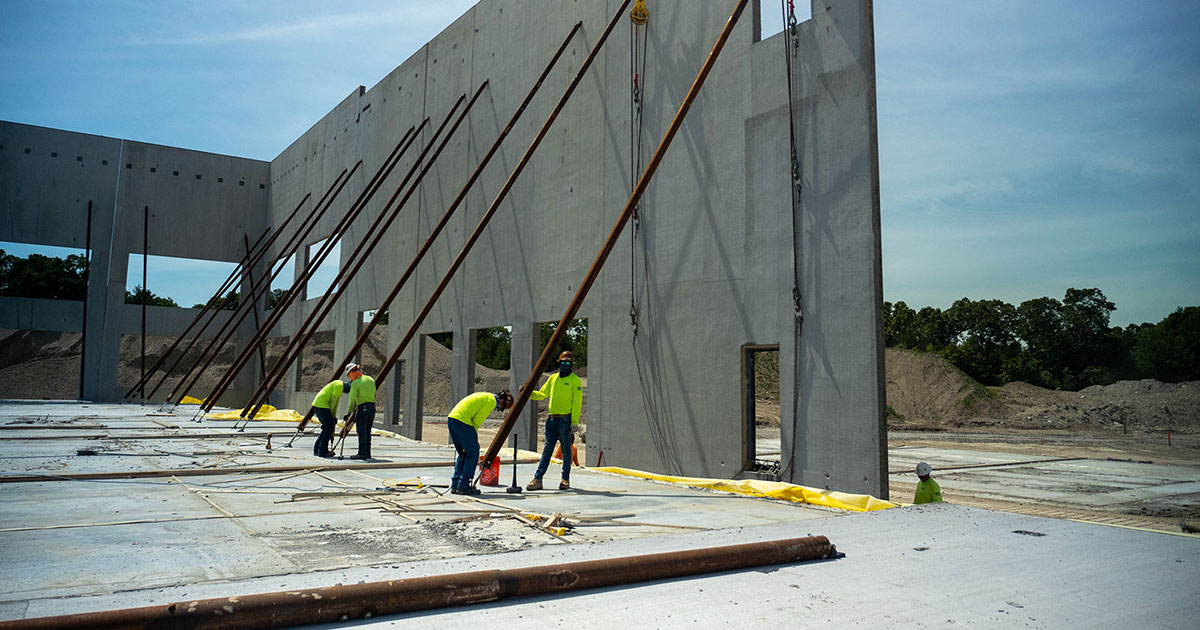
Expert Construction Web Development
In an increasingly digital world, a well-designed website is essential for construction companies looking to establish their brand, attract clients, and showcase their expertise. Construction web development goes beyond creating an attractive site—it involves optimizing every element for functionality, user experience, and lead generation. A high-performing construction website can set your business apart from the competition, enhancing credibility and making it easy for potential clients to connect.
In this guide, we’ll explore the key strategies for effective construction web development, covering everything from user-friendly design and SEO to mobile optimization and engaging content. With the right approach, your website can become a powerful marketing tool that drives business growth.
1. Why Web Development is Critical for Construction Companies
A website often serves as the first point of contact between your business and potential clients. In the construction industry, where trust and reputation are paramount, a strong online presence can significantly impact your ability to win new projects and attract top talent.
Benefits of a Professionally Developed Construction Website:
- Builds Credibility: A well-designed website reflects your professionalism and expertise, making clients more likely to trust your services.
- Attracts More Clients: Optimized web development helps your site rank higher on search engines, increasing visibility among potential clients searching for construction services.
- Showcases Your Work: Through project galleries and case studies, your website can highlight past projects, demonstrating your capabilities and quality of work.
Investing in a professionally developed website positions your construction company as a leader in the industry, making it easier to convert visitors into clients.
2. Prioritize User Experience and Clean Design
User experience (UX) plays a crucial role in determining how visitors perceive your business. A clean, intuitive design ensures that visitors can quickly find the information they need, improving engagement and increasing the likelihood of conversions.
Key Elements of Good UX Design:
- Simple Navigation: Organize your website with a clear menu structure, ensuring that visitors can easily access pages like “Services,” “Portfolio,” “About Us,” and “Contact.”
- Mobile-Friendly Layout: Ensure that your website is fully responsive, adapting to different screen sizes for optimal viewing on desktops, tablets, and smartphones.
- Fast Load Times: Speed is a critical factor in web development. Optimize images, use efficient coding, and minimize redirects to ensure fast load times.
A website that provides a smooth, intuitive user experience leaves a positive impression on visitors and encourages them to explore further.
3. Showcase Your Services Clearly
Potential clients visiting your website want to quickly understand what you offer. Clearly outlining your services helps visitors determine if your expertise aligns with their project needs.
Tips for Presenting Services:
- Dedicated Service Pages: Create separate pages for each service, such as “Residential Construction,” “Commercial Projects,” or “Renovations.” Provide detailed descriptions, benefits, and what makes your approach unique.
- Visuals and Descriptions: Use photos, videos, or infographics to illustrate each service, making it easier for clients to visualize your capabilities.
- Call-to-Action (CTA): Include CTAs on each service page to encourage visitors to take the next step, such as “Request a Quote” or “Contact Us for More Information.”
Clear service descriptions ensure that clients can quickly understand your offerings, making it easier for them to make informed decisions.
4. Create an Engaging Project Portfolio
A project portfolio is a powerful way to demonstrate your skills, experience, and range of capabilities. By showcasing past projects, you can build credibility and inspire confidence in potential clients.
How to Build an Effective Portfolio:
- High-Quality Images: Invest in professional photography for completed projects. Quality visuals make your portfolio stand out and highlight your craftsmanship.
- Detailed Descriptions: Provide context for each project, including the scope, challenges faced, and how your team delivered results.
- Organize by Category: Categorize projects based on type, such as “Commercial Builds,” “Residential Projects,” or “Green Construction.” This makes it easy for clients to find relevant examples.
A strong project portfolio demonstrates your expertise and helps clients envision the potential outcomes of working with your company.
5. Implement Local SEO for Greater Visibility
Local SEO is critical for construction companies, as most clients search for contractors and builders in their area. Optimizing your website for local searches ensures that you appear when potential clients are looking for services nearby.
Local SEO Strategies for Construction Websites:
- Use Location Keywords: Incorporate location-specific keywords (e.g., “home builder in Dallas” or “Chicago commercial construction”) throughout your website’s content, meta tags, and headings.
- Google My Business: Set up and optimize your Google My Business profile with accurate business information, service areas, and photos. This helps you appear in local search results and on Google Maps.
- Local Directories: List your business on local directories and industry-specific platforms to improve your online visibility and credibility.
Local SEO makes it easier for clients to find your services, increasing the chances of inquiries and conversions.
6. Optimize for Lead Generation with Strategic CTAs
A construction website should guide visitors toward taking action. Calls-to-action (CTAs) play a crucial role in driving lead generation by encouraging visitors to contact you, request a quote, or learn more about your services.
Tips for Effective CTAs:
- Prominent Placement: Position CTAs prominently on your homepage, service pages, and portfolio pages.
- Clear Language: Use clear, action-oriented language, such as “Get a Free Estimate,” “Contact Us Today,” or “Request a Consultation.”
- Multiple Contact Options: Provide options for phone calls, email inquiries, and contact forms to make it easy for clients to reach out.
By strategically placing CTAs, you can convert more visitors into leads and ultimately grow your client base.
7. Incorporate Testimonials and Client Reviews
Testimonials and reviews provide social proof, building trust and credibility with potential clients. Positive feedback from satisfied clients reassures visitors that your company delivers high-quality work.
How to Feature Testimonials:
- Client Quotes: Include client testimonials throughout your site, particularly on service and portfolio pages.
- Video Testimonials: Video reviews offer a personal touch and can be more persuasive than text alone.
- Third-Party Reviews: Integrate reviews from platforms like Google My Business, Yelp, or Houzz to add authenticity.
Testimonials show that you’ve delivered exceptional results, giving potential clients confidence in choosing your services.
8. Focus on Mobile Optimization
With many clients browsing on mobile devices, a mobile-optimized website is essential. Ensuring a seamless experience on smartphones and tablets improves user satisfaction and boosts your search engine rankings.
Mobile Optimization Tips:
- Responsive Design: Use a responsive design that automatically adjusts your website’s layout for different screen sizes.
- Fast Loading Times: Optimize images and minimize large files to ensure fast load speeds on mobile devices.
- Mobile-Friendly Navigation: Simplify navigation menus and ensure buttons and links are easy to tap.
A mobile-friendly website ensures that potential clients can easily access your information, no matter where they are.
9. Build Trust with a Comprehensive “About Us” Page
The About Us page helps potential clients learn more about your company’s history, values, and team. By sharing your story, you create a personal connection with visitors and establish trust.
What to Include on the About Page:
- Company History: Share your journey, from founding to present, highlighting milestones and key achievements.
- Team Bios: Introduce key team members, showcasing their expertise and contributions.
- Mission and Values: Highlight what sets your company apart, such as a commitment to sustainability, safety, or client satisfaction.
A compelling About Us page helps clients feel connected to your brand, making them more likely to reach out.
10. Regularly Update and Optimize Content
Content is a key driver of engagement and SEO success. Regularly updating your website’s content with blog posts, case studies, and industry news ensures that it remains relevant and valuable to visitors.
Content Ideas for Construction Websites:
- Blog Posts: Write about construction trends, project tips, and industry news to establish thought leadership.
- Case Studies: Share detailed accounts of completed projects, including challenges and solutions.
- FAQs: Create a frequently asked questions section to address common client concerns.
Fresh, engaging content keeps visitors coming back and helps with search engine rankings.
11. Integrate Chat Features for Instant Client Interaction
Adding live chat functionality to your website allows potential clients to connect with your team instantly. This feature can provide quick answers to inquiries, boost engagement, and potentially convert more leads into clients.
Live Chat Tips:
- Availability Hours: Clearly indicate the hours when your live chat service is available to manage client expectations.
- Automated Responses: Use automated messages to greet visitors or provide answers to common questions when your team is unavailable.
- Personalized Assistance: Train your team to offer personalized support, enhancing the client experience and building trust.
Real-time interaction can significantly improve your chances of turning curious visitors into leads.
12. Offer Downloadable Resources to Add Value
Providing free downloadable resources can add value to your website visitors, establish your authority in the industry, and capture leads.
Resource Ideas:
- Project Planning Guide: Create a guide to help clients understand the construction process, including budgeting, timelines, and key considerations.
- Maintenance Checklists: Offer seasonal maintenance checklists to help clients keep their properties in excellent condition after project completion.
- Design Trends E-book: Share insights on current construction and design trends relevant to your market.
Gated content, such as requiring an email address to access downloads, can also help you build a strong list of potential leads.
13. Use Data Analytics to Continuously Optimize
Monitoring your website’s performance through analytics tools like Google Analytics is crucial for making data-driven improvements. Analytics give you insights into user behavior, allowing you to tailor your content and design to better meet client needs.
Key Metrics to Monitor:
- Bounce Rate: High bounce rates may indicate that visitors are not finding what they’re looking for or that your page load times need improvement.
- Session Duration: Track how long visitors spend on your site to gauge engagement.
- Conversions: Analyze how many visitors complete desired actions, such as filling out a contact form or requesting a quote.
Regularly analyzing data will help you make informed decisions to improve site performance, user engagement, and lead generation.
14. Highlight Awards, Certifications, and Affiliations
Showcasing industry awards, certifications, and memberships on your website can enhance credibility and build client trust. These distinctions demonstrate your expertise and commitment to high standards.
How to Showcase Accolades:
- Create a Dedicated Page: List all relevant certifications, memberships, and awards in one place.
- Use Badges and Logos: Display official logos of industry associations, certifications (e.g., LEED, OSHA), and awards on your homepage and about page.
- Include Client-Focused Awards: Highlight awards that show recognition for customer satisfaction, safety, or innovation.
Highlighting these accolades can give potential clients additional reasons to trust your company.
15. Develop an Easy-to-Use Careers Page
If you’re looking to recruit talented professionals, a dedicated careers page is essential. This page not only highlights open positions but also showcases your company culture, values, and benefits of working with your team.
Careers Page Features:
- Job Postings: Include detailed descriptions of each open position, including qualifications, responsibilities, and application instructions.
- Company Culture: Share photos, videos, or testimonials that give job seekers insight into your work environment and values.
- Employee Testimonials: Feature quotes or videos from current employees discussing why they enjoy working for your company.
A well-designed careers page can attract skilled talent, helping you build a strong team and support business growth.
16. Include Video Content for Higher Engagement
Video content is highly engaging and can help bring your projects and services to life. Adding videos to your site allows potential clients to see your work in action, understand your process, and connect with your brand on a deeper level.
Video Ideas:
- Project Walkthroughs: Showcase completed projects through narrated videos, highlighting challenges, solutions, and client testimonials.
- Service Explainers: Create short videos explaining the benefits and processes behind your key services.
- Company Introduction: Produce a video that introduces your team, your values, and what sets your company apart.
Videos can be placed on your homepage, service pages, or in a dedicated media gallery, enhancing engagement and making a memorable impression on visitors.
17. Create a Client Portal for Ongoing Projects
For larger or ongoing construction projects, consider adding a secure client portal where clients can log in to view project updates, schedules, documents, and more.
Benefits of a Client Portal:
- Transparency: Clients can track the progress of their project, enhancing trust and communication.
- Document Sharing: Provide easy access to important documents, such as contracts, plans, or progress reports.
- Collaboration: Use the portal for messaging and updates, keeping all project-related communication in one place.
A client portal not only improves communication but also creates a professional experience that sets your company apart from competitors.
18. Offer Online Quoting and Estimate Tools
Integrating an online quoting tool can make it easier for potential clients to get an idea of project costs and take the next step toward hiring you.
Online Quoting Features:
- Customizable Fields: Allow clients to input their project requirements to receive a tailored estimate.
- Follow-Up Capabilities: Capture client contact information to follow up with more detailed quotes or consultations.
- Real-Time Updates: Offer quick, real-time estimates for smaller projects or preliminary inquiries.
Providing this functionality can streamline lead generation and demonstrate your commitment to client convenience.
19. Promote Sustainability Initiatives
Many clients are increasingly focused on sustainability and environmentally-friendly construction practices. If your company emphasizes green building practices, make sure to highlight these efforts on your website.
How to Promote Sustainability:
- Dedicated Sustainability Page: Detail your use of eco-friendly materials, energy-efficient designs, and sustainable construction methods.
- Certifications: Highlight relevant green building certifications, such as LEED accreditation, and explain what they mean for your clients.
- Case Studies: Showcase projects where sustainability played a major role, demonstrating your expertise in this area.
Promoting your commitment to sustainability can attract environmentally-conscious clients and differentiate you from competitors.
Building an Effective Construction Website
An optimized construction web development strategy combines professional design, user-friendly navigation, engaging content, and local SEO to create a website that drives results. By focusing on the elements outlined above, you can build a site that showcases your expertise, attracts new clients, and supports your long-term business growth.
With a strong online presence, your construction company can stand out from the competition and turn website visitors into loyal clients.

